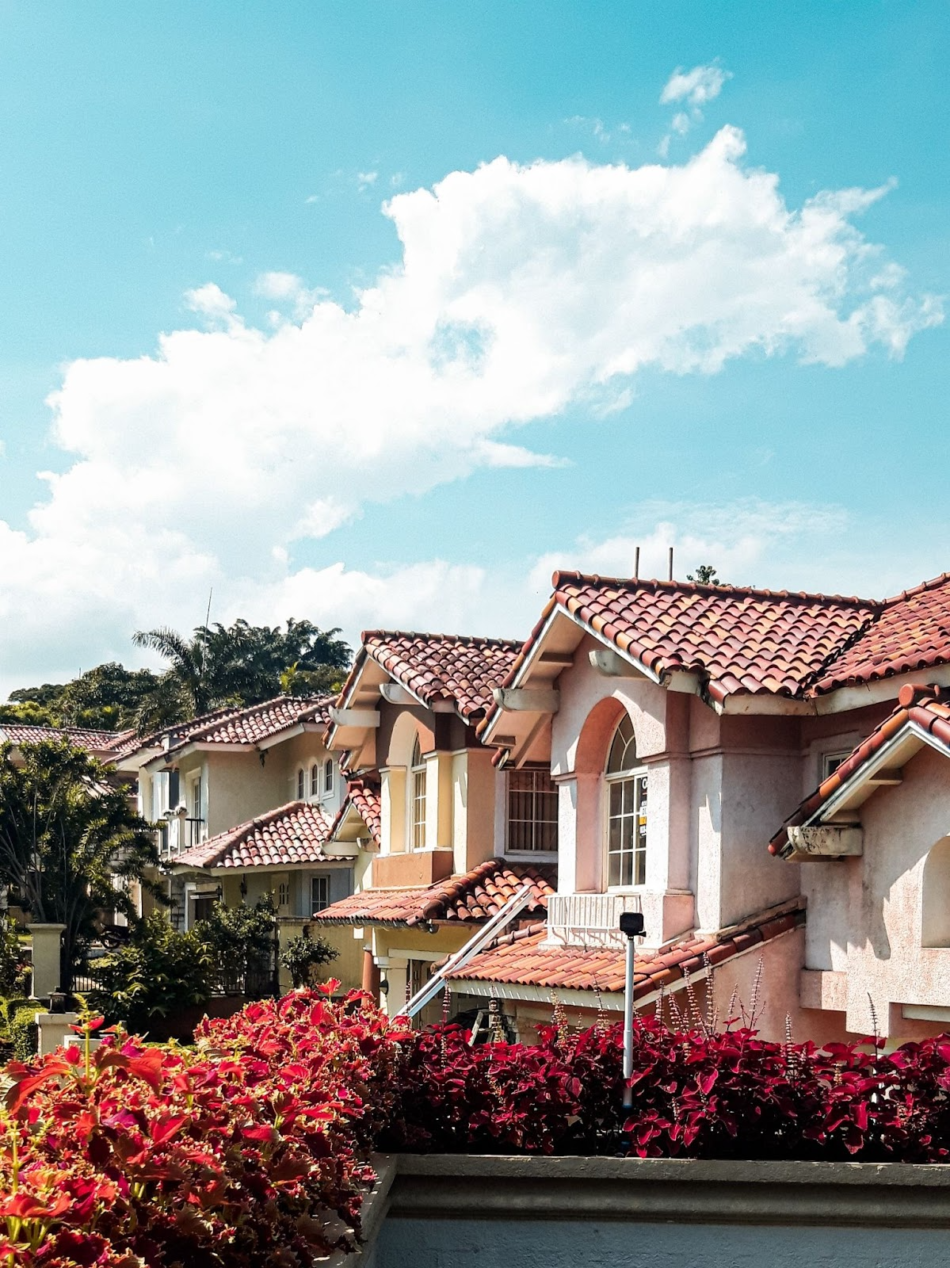
Storms can be frightening experiences for homeowners. There are various measures available to you for protecting your home against strong winds; but how do you know which are effective? In this post we look at 15 effective solutions for beating the wind and keeping your house secure during a storm – from installing hurricane shutters to anchoring down outdoor furniture, there are various steps you can take to ensure your home remains well-protected.
1. Install hurricane shutters.
If a storm is predicted, installing sturdy shutters can be one of the best ways to protect your house against wind gusts. Shutters will protect windows and doors from flying debris and strong gusts while keeping windows safe from flying debris and gusts of air.
2. Secure outdoor furniture.
Make sure that all outdoor furniture is safely secured before the storm arrives in order to prevent it from flying away with high winds. Heavy items should be placed at the center of the yard away from walls or other structures which might collapse under debris from storm-borne objects.
3. Trim trees and shrubs near your home.
Trimming back any overgrown branches near your home can help protect against broken limbs striking against its side during storms.
4. Install window and roof protection.
Add extra protection for your windows and roof by working with your local window installation company to install hurricane-proof glass, impact-resistant plywood or both – especially important if you reside in an area prone to storms with strong winds.
5. Install heavy straps or chains to secure garage door openings.
Before a storm hits, make sure all garage doors are properly secured using tight straps or chains so they do not blow open in high winds, creating an opening for debris to enter your house and potentially create havoc in its wake.
6. Strengthen roof trusses by adding braces or reinforcing ties between them.
For your roof to withstand wind pressure, strengthening it by attaching bolted braces or reinforcing ties may help ensure its structural integrity is preserved.
7. Strengthen the foundation of your home.
Installing metal straps around the foundation of your home can prevent it from shifting or cracking during a storm–particularly in regions prone to floods and high winds.
8. To add extra protection for windows, cover them with plywood or heavy blinds for additional coverage.
If hurricane shutters are out of the question, another way is to cover your windows with heavy duty blinds or thick plywood sheets, so flying debris won’t break them.

9. Install windbreaks around decks and patios to protect against sudden gusts of wind.
If you own a deck or patio, erect barriers around it to ward off high winds. This will also keep outdoor furniture safe during a storm.
10. Before leaving the house, double-check that all doors and locks are properly closed and secured.
Before a storm arrives, it’s essential that all doors and windows are locked securely so they won’t flutter open during strong gusts of wind.
11. Sandbags should be used whenever possible to prevent flooding near doors and windows.
Sandbags can be an effective means to prevent floodwater and heavy rainfall during storms from seeping through low-lying areas such as doorways or windowsills, providing relief in flood-prone regions.
12. Secure any objects that could become projectiles during a storm.
Before the storm strikes, make sure to safely store away any loose objects that could become projectiles during high winds – from lawn chairs and umbrellas to garden tools.
13. Should storm-proof shutters become necessary, install them.
If storms with strong winds are frequent in your area, installing permanent shutters could provide extra protection over time.
14. Check for obstructions or debris accumulation in your gutters and downspouts.
Always ensure your gutters and downspouts are clear of debris to allow water to flow away from your home when there is a storm. Clogged gutters may lead to backup of water that causes flooding or even worse damage.
15. Prep for emergency situations by stockpiling emergency supplies.
Stock up on emergency supplies like flashlights, batteries and first aid kits just in case of an unexpected power outage. Keeping these essential items close at hand will make any storm more manageable; additionally it’s essential that enough water and non-perishable food be saved just in case an extended blackout occurs.
Preparing for storms may seem daunting, but it is essential for the safety of both you and your loved ones. By being prepared before an approaching storm arrives, taking the necessary steps can reduce damage while protecting all involved if an emergency arises. Stay up-to-date on potential storms so you can best prepare as quickly as possible for them.
